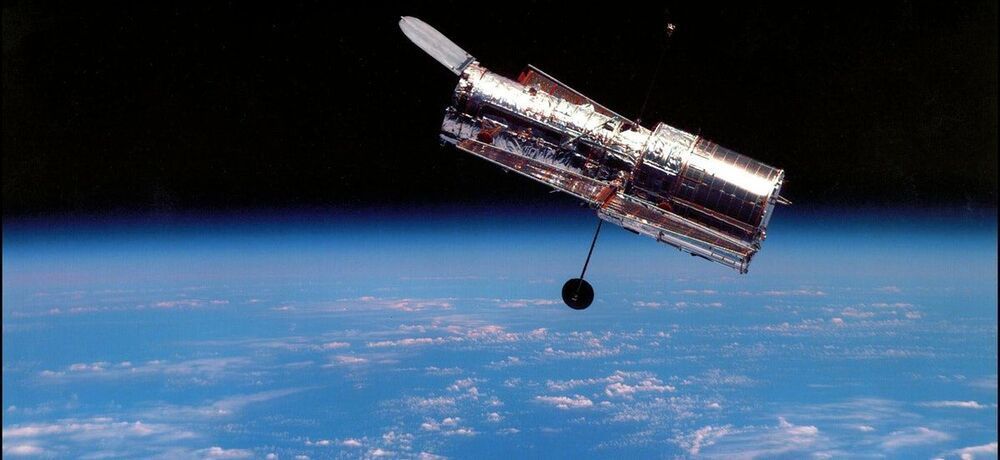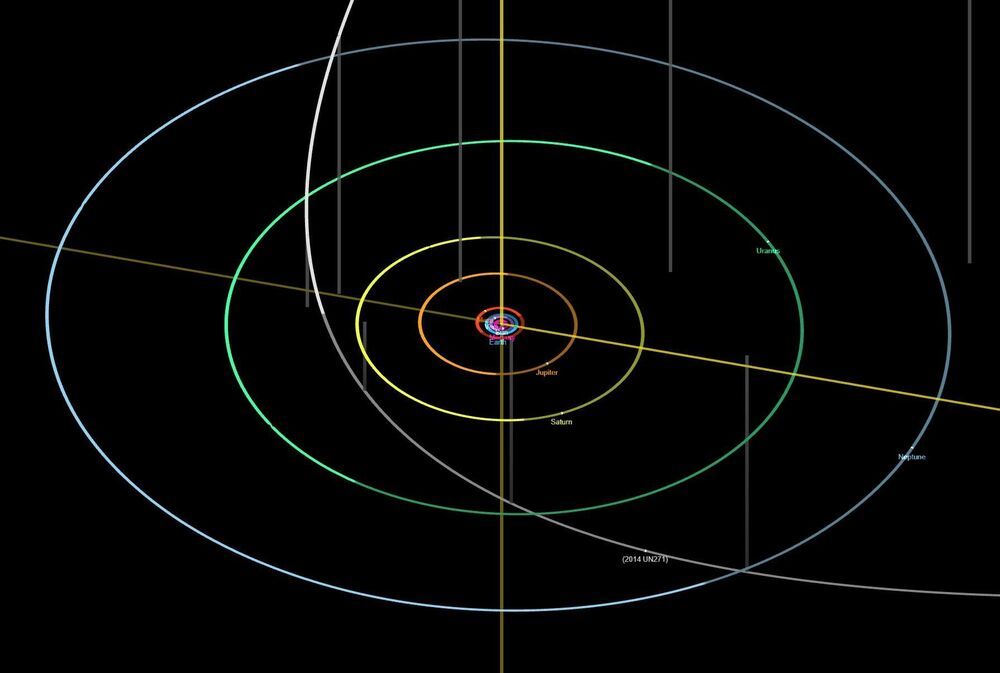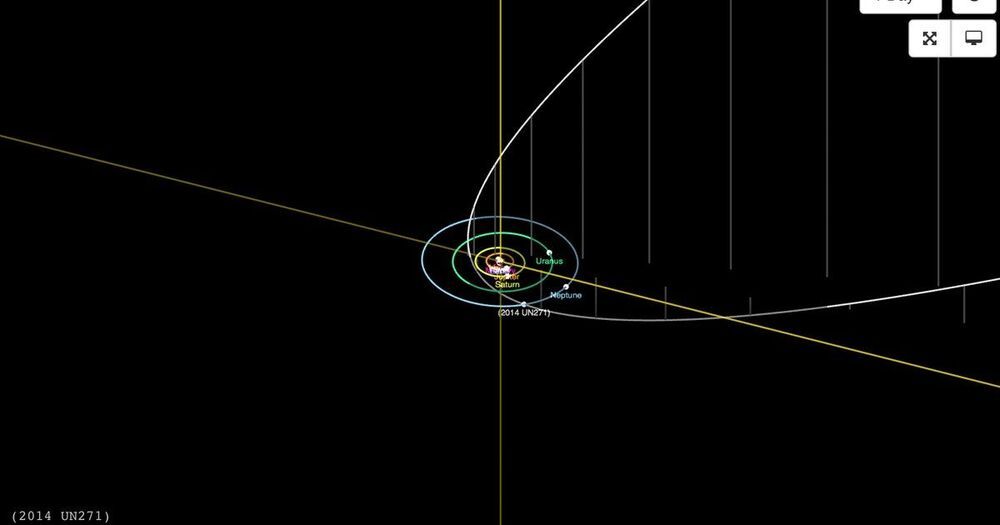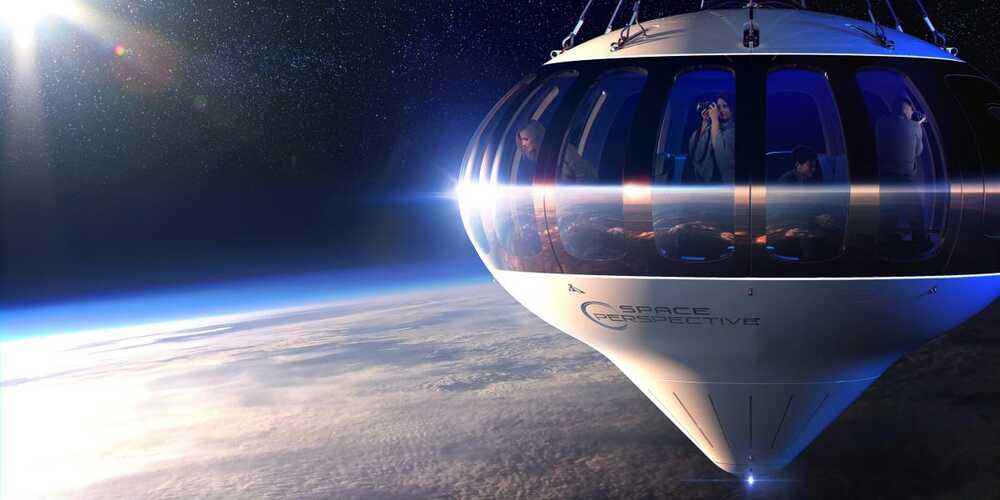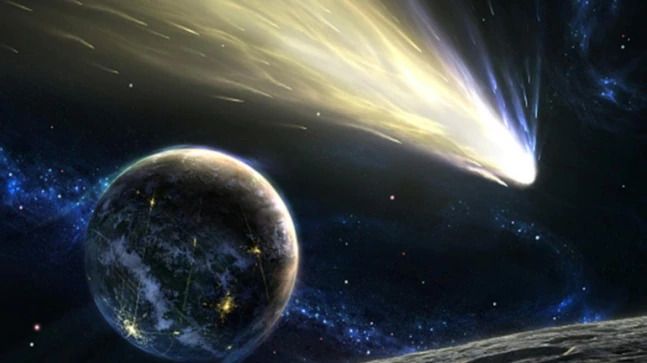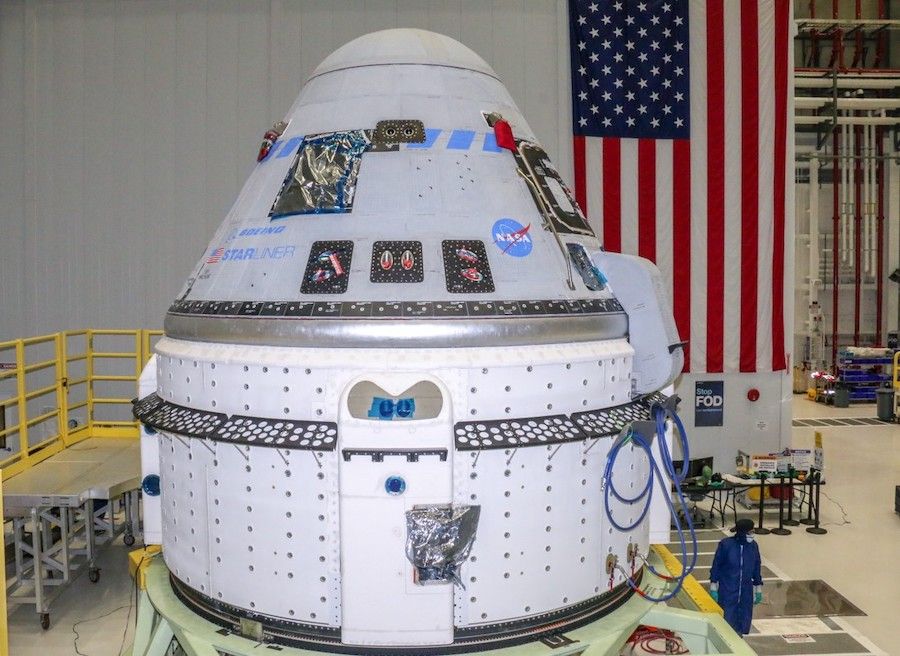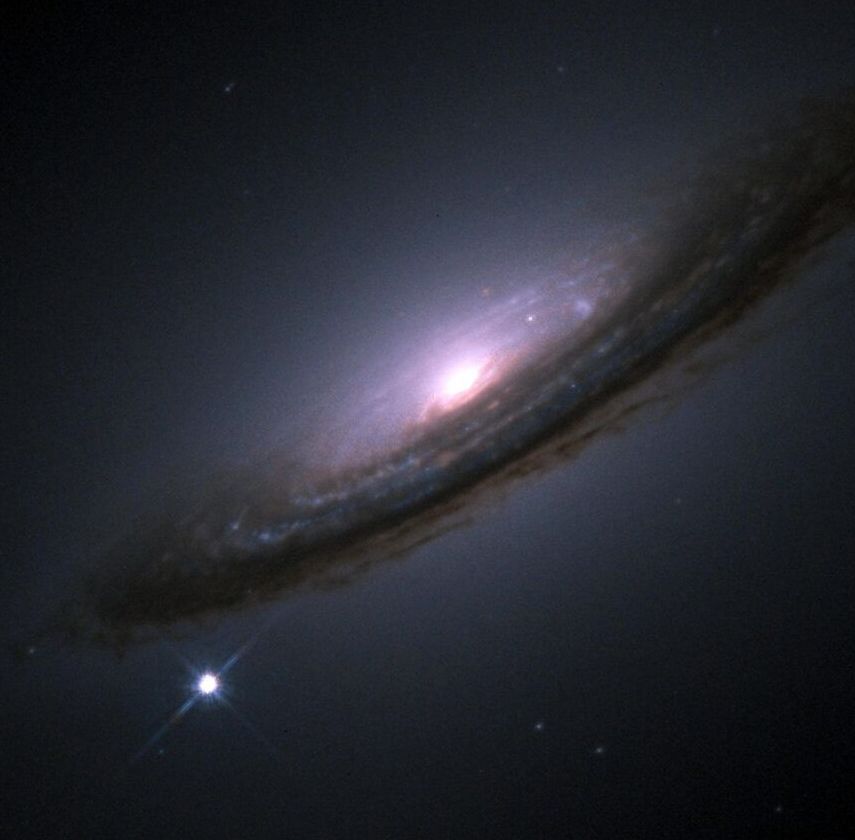Astronomers Pedro Bernardinelli and Gary Bernstein discovered a space object recently that has an orbit around the sun and also stretches into the Oort cloud—they have named it 2014 UN271. The researchers made the discovery while studying archival images collected for the Dark Energy Survey over the years 2014 to 2018. Since its discovery, entities such as the MMPL forum, the Minor Planet Center and JPL Solar System Dynamics have been tracking the object and have found that it will make its closest approach to Earth in 2031.
Measurements of the object put it between the size of a very small planet and a comet—it is believed to have a diameter of 100 to 370 km. If it turns out to be on the larger end of that spectrum, it would mark the largest Oort cloud object discovered to date. But it is the path of the object that has drawn the attention of astronomers—its orbit is nearly perpendicular to the plane created by the nine inner planets and takes it deep into the solar system and into the Oort cloud. One trip around the sun has been calculated to take 612190 years. It is currently moving deeper into the solar system, which means astronomers will have an opportunity to observe it 10 years from now.
Sam Deen, an amateur astronomer posting on the MMPL forum described the find as “radically exceptional.” Study of 2014 UN271 as it draws closer will allow researchers to analyze an object that sometimes passes through the Oort cloud at distances as close as 10.9 AU from the sun—near the orbit of Saturn. As it draws nearer to the sun, it is likely to develop a comet-like tail as frozen material on its surface is vaporized. It is not clear just yet, however, how bright 2014 UN271 will appear in the night sky here on Earth—but it is likely that its brightness will fall somewhere between that of Pluto or its moon Charon; enough for amateurs and professionals alike to get a good view of it using strong telescopes.

